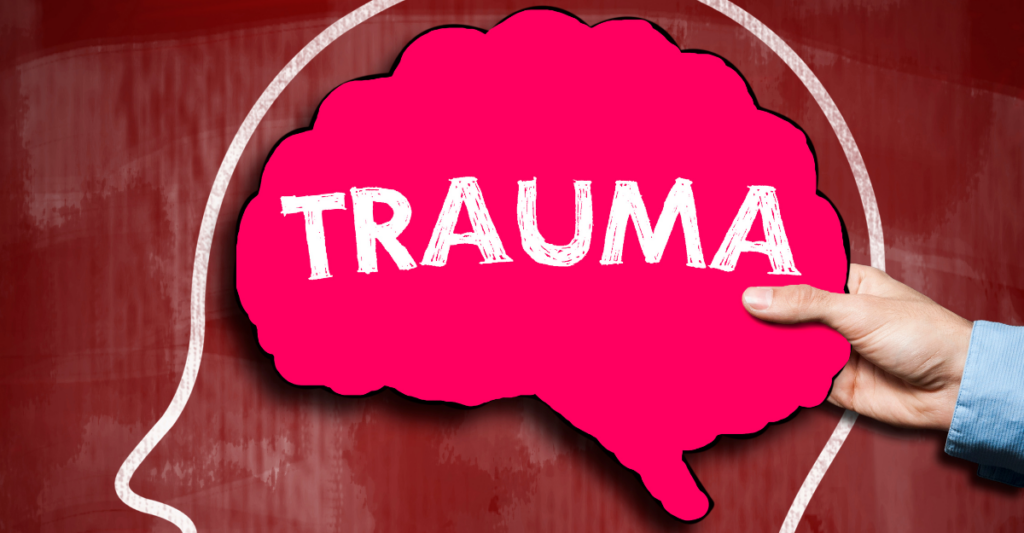Jeffrey Epstein did not create trauma. He industrialized it. He turned teenage girls into party favors for men who already had everything. He built a machine with drivers, pilots, butlers, lawyers, and moneyed friends. All of them claimed later they “didn’t know.” The trauma he left behind did not end when the headlines moved on. It lives in the bodies of the girls who were 14 and 15 at his dinner parties, in the silence that was bought, and in the institutions that circled the wagons around him instead of around them.
Epstein is one face of a much bigger pattern: trauma as a system—manufactured at scale, denied at scale, and survived at scale. Trauma is not random. It is organized. And when we step back, the picture that emerges is not of individual monsters, but of networks, institutions, and cultures that make space for predators and then punish their prey.
As a psychiatrist, or really, just as a human being, I believe it’s imperative we face what is happening and what is at stake.
What Trauma Really Is
Estimated percentage of people worldwide who will experience trauma in their lifetime: 70%1
Percentage who think they are “fine” anyway: 100%
Trauma is not simply a “bad memory.” It is the body’s emergency system refusing to stand down2. Imagine a smoke alarm that keeps shrieking not only for a house fire but every time the toast burns. That is trauma.
Estimated percentage of Americans who will develop PTSD: 6%3
Percentage of U.S. women who will: 10%3
Percentage of U.S. men who will: 4%3
Percentage of men who will ever admit it: fewer
Numbers like these matter because trauma is not only a personal wound. It is a public health epidemic—one that rewires brains, shortens lives, and drains billions from economies.
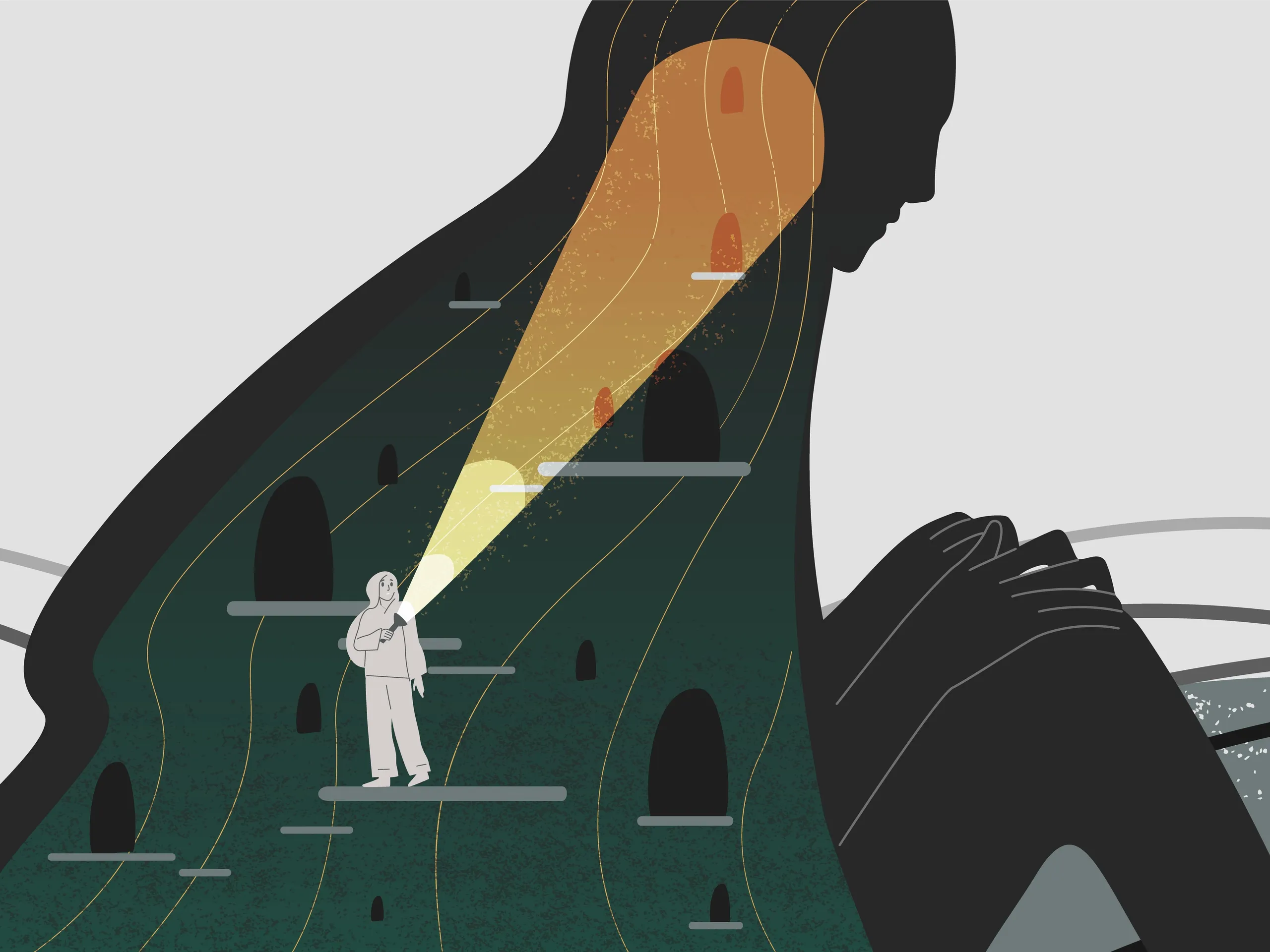
Trauma Hits Differently: By Sex
Percentage of female rape survivors who develop PTSD: 30–50%4
Percentage of combat veterans who do: 10–20%5
Odds society takes the second group more seriously: much higher
Women carry the brunt of sexual assault trauma4. Men carry combat trauma. Both suffer. Only one group gets parades. The other gets disbelief.
A veteran once told me: “I got a medal for my trauma. My sister got a secret.” That is how culture allocates legitimacy—through ritual and denial.
Trauma by Age: Kids, Teens, Adults, Elders

Percentage of rape victims assaulted before age 18: 40%6
Average age of Epstein’s victims, according to court filings: 147
Average age his dinner guests pretended not to notice: 14
Childhood trauma wrecks the body as much as the mind. Kids with multiple traumas are 12 times more likely to attempt suicide later in life8. Early trauma reshapes brain architecture9, raises heart disease risk by 250%10, and increases suicide attempts by 1,200%11.
Teens, neurologically, are a half-built rollercoaster with no brakes12. Trauma during this stage hijacks development and lays down tracks that carry forward into adulthood. Adults may have more coping strategies, but marriages, jobs, and sleep still collapse under its weight13. Elders are not immune either. Vietnam veterans learned that old wounds can roar back after decades14, proving that trauma doesn’t “fade with age.” It waits.
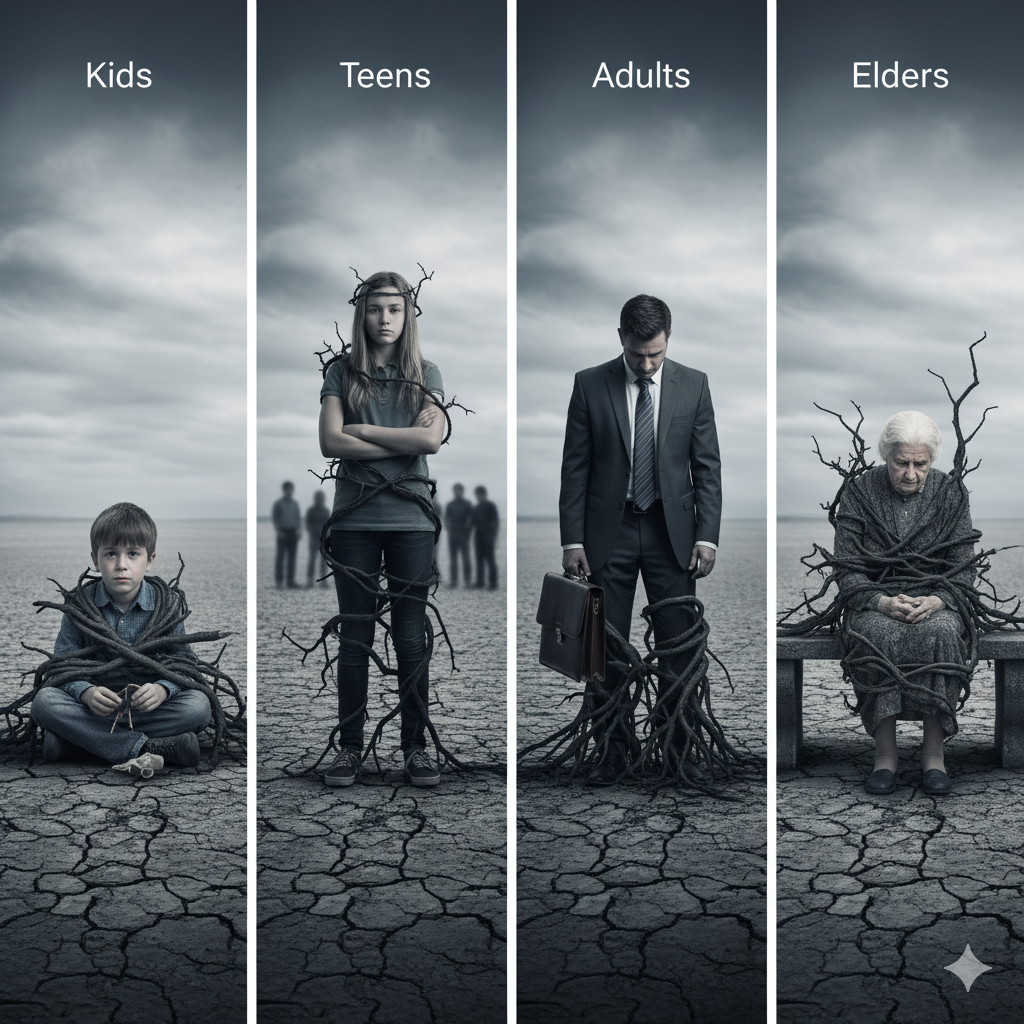
The Machinery of Abuse: It Takes a Village to Look Away
Number of girls trafficked to Epstein’s homes: hundreds7
Number of pilots who testified about “young girls” aboard Epstein’s jets: 27
Number who refused to fly him: 0
Epstein was not a lone wolf. He had an army:
Drivers ferrying girls to mansions.
Butlers and cooks looking the other way.
Recruiters coercing friends.
Lawyers drafting gag orders.
Wealthy men perfecting selective blindness15.
Number of times the “Lolita Express” flew to Epstein’s island: 7307
Year Ghislaine Maxwell was convicted of sex trafficking: 20217
Number of wealthy men sentenced alongside her: 0
Systems protect perpetrators. They always have.

Trauma Is Institutional, Not Accidental
Number of U.S. Catholic priests credibly accused since 1950: 6,700+16
Number of victims identified: 20,000+16
Percentage of dioceses that reassigned abusive priests: 66%16
Number of years Weinstein’s abuse stayed hidden: 30+17
Number of women who accused him: 80+17
Number of Oscars he accepted in the meantime: 8117
Number of USA Gymnastics athletes abused by Larry Nassar: 500+18
Percentage of complaints ignored: nearly all18
Patterns repeat: protect the brand, silence the victims, recycle the offender. Trauma is not accidental. It is curated.
Politics, Religion, and Hypocrisy Held Accountable
The overlap of power, piety, and predation is not new. It often feels like powerful Republican men, especially those cloaked in religious authority, have been among the most public hypocrites.
Ted Haggard, a national evangelical leader and outspoken opponent of gay rights, was exposed in 2006 for paying a male escort and buying meth21.
Jerry Falwell Jr., Trump ally and president of Liberty University, resigned in 2020 after revelations he watched his wife have sex with a pool attendant22.
Robert Morris, founder of Gateway Church in Texas and Trump’s spiritual advisor, was accused of molesting a 12-year-old girl in the 1980s. His congregation stayed silent until journalists exposed it decades later23.
Paige Patterson, a Southern Baptist leader and conservative kingmaker, was accused of covering up sexual abuse allegations against colleague Paul Pressler24.
Eddie Long, a megachurch bishop who preached against homosexuality, privately settled lawsuits accusing him of sexual misconduct with underage boys25.
Jim Jordan, now a sitting U.S. Congressman and Trump ally, was accused by multiple Ohio State wrestlers of knowing about and ignoring sexual abuse by team doctor Richard Strauss in the 1980s and 1990s. More than 150 former athletes reported abuse; Jordan denies knowledge, but survivors maintain he brushed off their complaints. The institution apologized. He never has26.
And it is not only the right. Bill Clinton’s connections to Epstein, Anthony Weiner’s predation, and others on the left remind us that abuse crosses political lines. Yet the repeated evangelical and conservative scandals make the hypocrisy harder to ignore.
One survey found nearly half of Republican voters would still support Trump even if tied to Epstein19. That is not a trafficking statistic. It is a denial statistic.
Trump’s administration proclaimed toughness on trafficking, yet behind the slogans:
The State Department’s trafficking office was gutted20.
International programs were cut in over 40 countries20.
Victim visas were delayed and denied20.
Survivor-centered resources were erased20.
When pressed in a deposition, Trump minimized sexual predation as something happening for “millions of years”21. What he dismissed as timeless is precisely what must end.
Why Survivors Speak, and Why It Is Brutal
Estimated percentage of sexual assaults never reported: 77%19
Percentage of child survivors who do not disclose until adulthood: 60%19
Average time it takes to tell: 20 years19
Average time it takes for people to sneer “why didn’t you tell sooner?”: 20 seconds
Percentage of women not believed the first time they told: 1 in 319
Percentage retraumatized by court cross-examination: 90%19
Virginia Giuffre on Epstein: “We were silenced for so long, and the silence was the abuser’s best friend.”7
A clergy abuse survivor said: “I was a child screaming for help in a church that taught me silence was holy.”16
Another, after decades, finally told her story and was asked by a judge why she “hadn’t come forward sooner.” She replied: “Because people like you were waiting to call me a liar.”
Speaking is not healing. It is another battlefield.
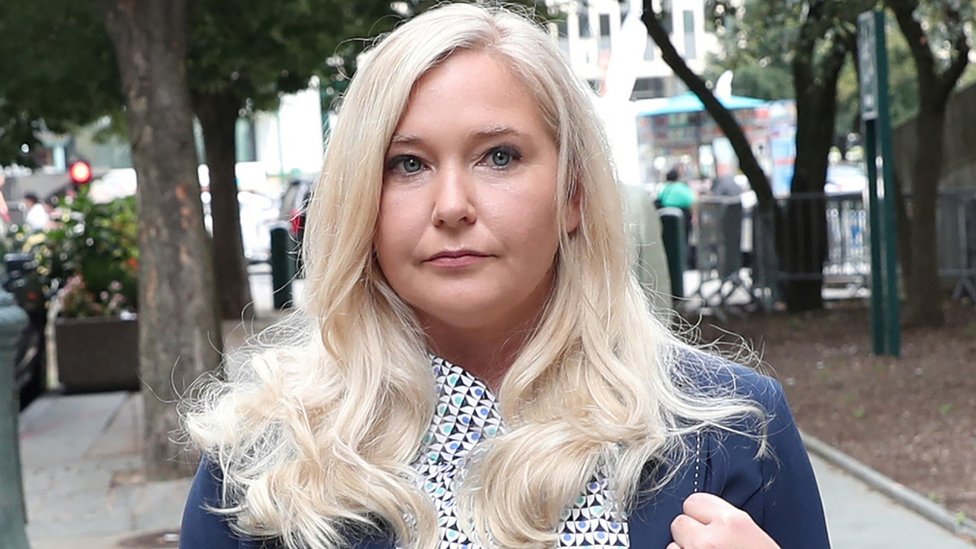
The Bill Comes Due
Estimated lifetime cost of PTSD per person: $150,00020
Annual U.S. cost in lost work and care: $42 billion20
Percentage of adults who say trauma wrecks their ability to work: 50%20
Percentage of employers who respond meaningfully: single digits20
Trauma is expensive not only in dollars but in lives unlived, families fractured, and creativity crushed.
What Actually Helps
PTSD is trauma echoes that refuse to fade3.
EMDR: eye movements that help the brain file memories3.
Trauma-focused CBT: rewires “it was my fault”3.
Somatic therapies: because trauma lives in the body3.
Group therapy: busts shame3.
Medication: calms the storm3.
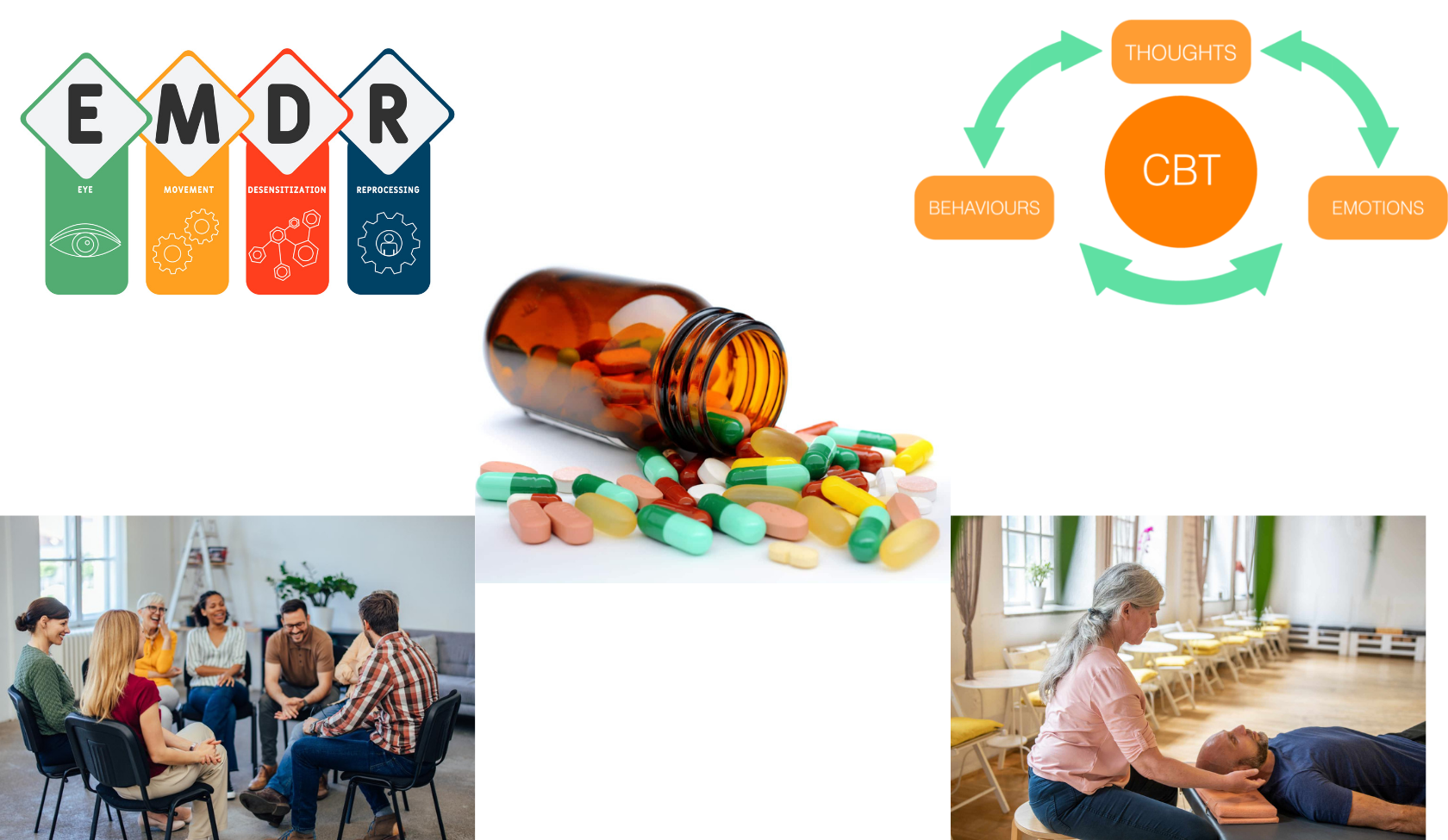
Medications: The Evidence-Backed Ones
SSRIs: sertraline, paroxetine, fluoxetine3.
SNRIs: venlafaxine3.
Prazosin: kills nightmares3.
Benzodiazepines: not recommended3.
Only 50% of people with PTSD ever get treatment3. Far fewer get care that is actually evidence-based3.
The Ketamine Door
Ketamine once belonged to clubs and veterinarians. Now it is kicking open doors for trauma.
Trial success rates: 60–70% improve quickly20. Four weeks later, about 30% sustain gains20.
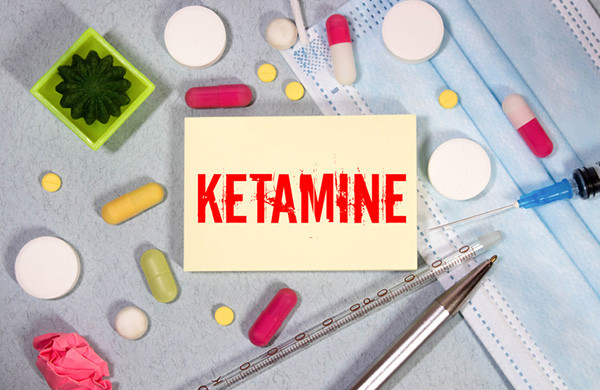
What I See in Practice
I use Rapidly Dissolving Tablets (RDTs), not IVs. Twice a week. Eight sessions. Relief usually starts after the 4th.
Patients treated: ~35
Session length: 2 hours (integration matters)
Insurance coverage: none
Outcomes: relief, stability, ability to do therapy
One patient told me: “For the first time in years, I could take a breath without feeling like the air was on fire.”
Ketamine is not a cure. But for those locked in despair, it is a key that opens the first door. And sometimes that is enough to begin rebuilding.
The Ugly Math
Percentage of sexual assault perpetrators who ever see jail: 0.5%19
Number of Epstein’s powerful friends prosecuted: 07
Percentage still showing up at galas: way too many
Institutions boasting “zero tolerance” for abuse: 100%
Institutions that quietly enable abuse: nearly the same
As one survivor said: “We are not victims anymore, we are survivors. And survivors talk.”7
Conclusion: When Survivors Speak
Scars do not mean weakness. They mean survival. Proof you did not vanish. Proof you lived.
But survival alone is not the end of the story. When survivors speak, they force institutions to reveal what they are really protecting. They remind us that trauma is not only private suffering—it is public accounting.
Every statistic in this essay is a number pulled from research, but behind each number is a person who once believed no one would believe them. They were wrong. Survivors talk. Survivors keep talking. And if we are willing to listen, they might finally change the culture that once conspired to silence them.
Postscript
If you want to comment or continue the conversation, head over to my Substack or visit my website: www.boulderpsychiatryassociates.com.
And if you happen to be in Boulder, please stop by the office. Have a cookie. Healing can start with the smallest of comforts.
Harrison Levine is a psychiatrist in private practice in Boulder, Colorado. He specializes in Child and Adolescent Psychiatry, Adult Psychiatry, various kinds of neuro-divergence, and ketamine-assisted therapy, with a particular focus on the intersection of public health, food, and psychiatry.
Footnotes
- Kessler, R.C., et al. “Lifetime prevalence of DSM-IV disorders.” Archives of General Psychiatry, 2005, 62(6), pp. 593–602. ↩
- Van der Kolk, B. The Body Keeps the Score. Viking, 2014, pp. 31–35. ↩
- National Center for PTSD. “PTSD in the U.S. Population.” VA, 2022, pp. 4–6. ↩
- Tolin, D.F., & Foa, E.B. “Sex differences in trauma and PTSD.” Psychological Bulletin, 2006, 132(6), pp. 959–992. ↩
- Hoge, C.W., et al. “Combat duty in Iraq and Afghanistan.” NEJM, 2004, 351(1), pp. 13–22. ↩
- Finkelhor, D., et al. “Sexual abuse in a national survey.” Child Abuse & Neglect, 1990, 14(1), pp. 19–28. ↩
- U.S. District Court filings, U.S. v. Epstein (2019), U.S. v. Maxwell (2021), trial transcripts, Vol. 2, pp. 114–137. ↩
- Felitti, V.J., et al. “Relationship of childhood abuse and household dysfunction.” Am J Prev Med, 1998, 14(4), pp. 245–258. ↩
- Teicher, M.H., et al. “Childhood maltreatment and brain structure.” PNAS, 2003, 100(9), pp. 903–907. ↩
- Dong, M., et al. “Causal pathways for ischemic heart disease.” Circulation, 2004, 110(13), pp. 1761–1766. ↩
- Dube, S.R., et al. “Childhood abuse and risk of attempted suicide.” JAMA, 2001, 286(24), pp. 3089–3096. ↩
- Casey, B.J., et al. “The teenage brain.” Curr Dir Psych Sci, 2008, 17(2), pp. 82–87. ↩
- Yehuda, R. “Post-traumatic stress disorder.” NEJM, 2002, 346(2), pp. 108–114. ↩
- Marmar, C.R., et al. “Course of PTSD 40 years after Vietnam.” Am J Psychiatry, 2015, 172(6), pp. 544–553. ↩
- Brown, J.K. Perversion of Justice. HarperCollins, 2021, pp. 112–145. ↩
- John Jay College of Criminal Justice. Nature and Scope of Sexual Abuse of Minors by Catholic Priests in the U.S., 1950–2002. USCCB, 2004, pp. 65–78. ↩
- Farrow, R. Catch and Kill. Little, Brown, 2019, pp. 202–238. ↩
- Denhollander, R. Testimony before U.S. Senate Judiciary Committee, Jan. 2018, Transcript, pp. 17–26. ↩
- DOJ Bureau of Justice Statistics. Criminal Victimization, 2019, pp. 18–22; Ullman, S.E. “Consequences of sexual assault disclosure.” J Interpers Violence, 1996, 11(4), pp. 554–571; Snopes, 2023. ↩
- Feder, A., et al. JAMA Psychiatry, 2014, 71(6), pp. 681–688; Wilkinson, S.T., et al. Curr Psychiatry Rep, 2018, 20(12), p. 108; The Cut, Oct. 2020; People, Dec. 2019; The Guardian, Mar. 21 and Mar. 27, 2025. ↩
- Associated Press. “Evangelical leader resigns amid gay sex, drug scandal.” Nov. 2006. ↩
- Reuters. “Jerry Falwell Jr. resigns from Liberty University after sex scandal reports.” Aug. 25, 2020. ↩
- The Guardian. “Gateway Church founder accused of molesting 12-year-old girl.” Nov. 5, 2024. ↩
- Baptist Press. “Paige Patterson removed amid allegations of mishandling sexual abuse.” May 2018. ↩
- CNN. “Bishop Eddie Long settles lawsuits with young men alleging sexual misconduct.” Dec. 2010. ↩
- NPR. “Six former Ohio State wrestlers say Rep. Jim Jordan knew of sexual abuse.” July 6, 2018. ↩



